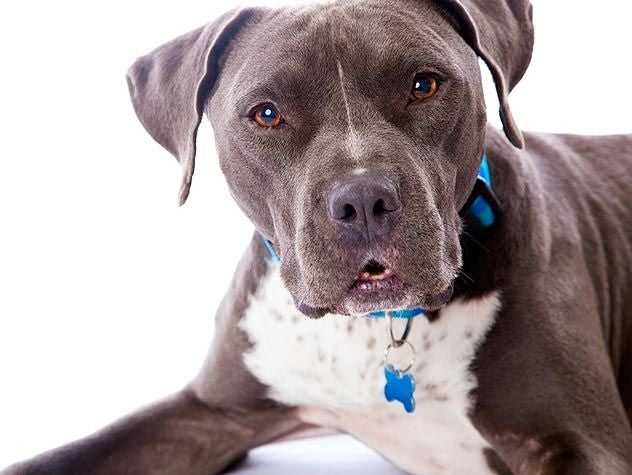Dog Photography Tips to Help Get Shelter Dogs Adopted Fast

This is an excerpt of multiple posts originally published on the Petfinder.com blog.
Photographing dogs for a shelter’s Petfinder listings is a great way to volunteer: Good photos can help pets get adopted faster and can also attract more potential adopters to the shelter. At high-intake shelters, a compelling bio and eye-catching photo can literally mean the difference between life and death for a homeless pet.
Filming Your Pet
Download TranscriptHere are some pet photography tips on helping shelter dogs shine in their photo sessions.
- Don’t use a flash. When photographing pets, the flash on your camera is what’s causing your dogs’ eyes to glow blue or white. Instead, photograph your dog outside or in a room with a large window and lots of natural light. Make sure the source of the light (the sun or a window) is behind you and is shining on your subject.
- Be aware of the background. You want the viewer to focus on the dog, so before you photograph him, look around. Is the background full of clutter (chairs, desks, boxes, cars in the parking lot)? If it is, move your dog to a location where the background is less busy, such as in the grass in front of green bushes, or in front of a solid-colored wall. Brightly colored doors or walls make nice backdrops since they can add great color to your image.
- Focus on the eyes. The dog’s eyes should be sharp. Focus your camera on his eyes, then move your camera to reframe the shot and shoot.
- Get the dog to look at the camera. A dog’s eyes are what tug at the potential adopter’s heartstrings! Call the dog’s name, have someone standing behind you squeak a toy, or get the dog to notice a treat in your hand, then bring the treat up to the camera before you take the picture.
- Get down to their level. Don’t stand up and look down at the dog to shoot your picture. Instead, kneel, sit, or even lie down to be at the dog’s eye level and then take the photo.
- Fill the frame with the dog. Taking a photo from far away will cause the dog to get lost in the image. Instead, get in close.
- Get a range of shots, and don’t forget to show off the dog’s personality. The potential adopter is going to want to see a close-up (with the dog looking at the camera) and a full-body shot; try also to get a shot that shows off the dog’s personality. Is he athletic, a couch potato, a love bug? Try to get images that capture these qualities. Include a toy in the image or show the dog doing tricks, using agility equipment, cuddling next to people or getting a belly rub.
- Show people. People enhance images in a number of ways. They show how well the dog interacts with humans and make him seem more like a family pet, they provide scale so the viewer can gauge the size of the dog, and they help show off what the dog loves to do (cuddle, get belly rubs, go for walks, play fetch, etc.).
- Use a high shutter speed (or sports mode) to freeze action shots. To prevent the dog from looking like a blur in action shots, set the camera on sports mode. This will tell the camera to use a high shutter speed and will help freeze the action. You are also going to want to have lots of light for action shots.
- Use really good treats. Some dogs will work for anything. Others need “top-quality” treats like cheese or bits of chicken. Use treats throughout the session to get the dog’s attention and to reward him for behaving during the shoot. For dogs who aren’t food-motivated, try rewarding with toys or attention.
Melissa McDaniel is a Philadelphia-based animal portrait photographer and founder of the Photo Book Projects. Her book, Deaf Dogs, includes portraits of more than 75 deaf dogs from around the country and is available for purchase at her website.
If you’re looking for additional resources, photographer Jamie Pflughoeft at Cowbelly Pet Photography in Seattle has posted some excellent pet photography tips on her blog.